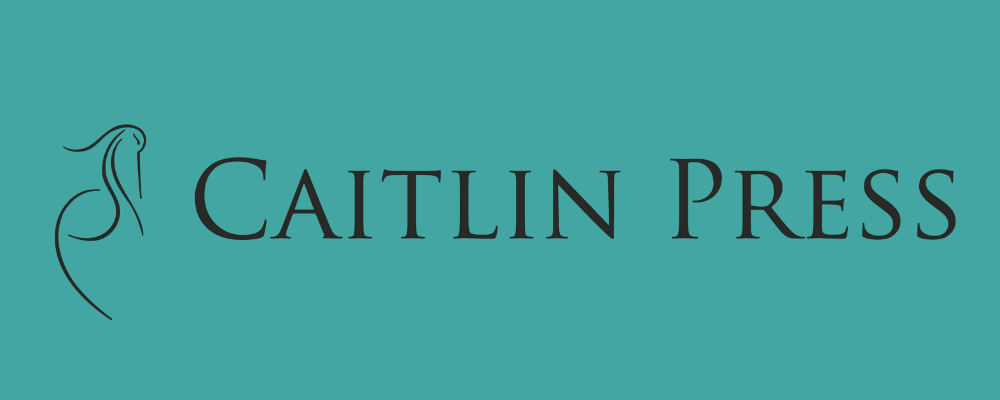We’re back with third instalment of our blog series, where we breakdown the key insights from our latest study, Turning Pages: Print Book Use in Canada 2023.
We’ve taken a look at how Canadians buy print books and how they borrow them, and today we’re diving into how Canadians read print books. How often are Canadians reading print books, how are they reading them, and what subjects are they reading?
About the data
Turning Pages: Print Book Use in Canada 2023 incorporates published data from our annual publications the Canadian Book Consumer Study 2023 and Canadian Leisure and Reading Study 2023 as well as unreleased data from those consumer surveys.
The Canadian Book Consumer Study 2023 includes results from quarterly surveys of Canadian book consumers about their book acquisition behaviour during March, June, September, and December 2023. For Turning Pages, 1,508 Canadians surveyed were considered print book buyers and 812 Canadians were considered print book borrowers, having bought a print book or borrowed a print book from the library in 2023.
The Canadian Leisure & Reading Study 2023 presents data from a survey of Canadians fielded in January 2024. The survey queried Canadians about how they spent their leisure time in 2023, with a focus on reading. For Turning Pages, 923 Canadians surveyed were identified as print book readers, having read at least one print book in 2023.
If you’re interested in the numbers behind the graphs below, you can find our source data here.
Reading print books
According to the Canadian Leisure & Reading Study 2023, 92% of all Canadian readers read at least one print book in 2023. This number has slightly decreased since 2019 — down from 96% in 2019, 93% in 2020, and 94% 2021 and 2022. Most Canadian print readers in 2023 read a print book at least daily (27%), with 8% reading more than once a day and 19% reading once a day. Other print book readers read once a week (25%), once a month (17%), less than once a month (17%), or a few times a year (18%) in 2023.
Most Canadian print book readers reported having the same amount of time for reading print books in 2023 than in the previous year (60%), while 23% said they had more time and 15% said they had less time.
Over half of all Canadian print book readers in 2023 read between one and five print books (54%), while 25% read 6-11 print books, 14% read 12-49 print books, and 6% read 50 or more.
Word-of-mouth matters for print books
Most Canadian print book readers spent from $1-49 on print books in 2023 (32%), with many others spending $50-99 (25%), $100-149 (13%), $150-199 (8%), or $200 or more (18%) on print books. Only 5% of Canadian print book readers did not spend any money on print books.
In 2023, the most popular ways Canadian print book readers acquired the print books they read were from the public library (22%), an online retailer (12%), or a physical bookstore selling new books (12%).
The most popular way that Canadian print book readers discovered the books they read was by word-of-mouth (29%), slightly more than all Canadian readers at 28%. Canadian print book readers also discovered books through:
general retailers — 28% of print book readers vs. 27% of all readers;
the public library — 26% of print book readers vs. 25% of all readers; and
social media — 22% of print book readers vs. 22% of all readers.
What influenced print books readers' choices to read a specific book the most in 2023 was the subject or topic (41%), the author (32%), and the book’s description (28%).
In 2023, the most important factors that influenced a Canadian print book readers' choice to read a print book, instead of an ebook or audiobook was the print book’s readability (55%) — that the text is easy on the eyes.
Print readers care about sustainability
In 2023, Canadian print book readers preferred reading paperback (59%) and hardcover (50%) print books over other print formats such as:
large print — 18%;
pocketbook-sized softcover — 17%;
comics or graphic novels — 17%; or
braille — 4%.
It’s worth noting that 27% of Canadian print book readers read using a magnifying glass in 2023 (11% agreed and 16% agreed sometimes with the statement “I read using a magnifier”).
Over half of all print book readers skim or speed read their print books (55%), while half read while doing something else, like listening to music or watching TV (50%). When reading, print book readers are just as likely as all Canadian readers to agree or sometimes agree that they only read sections of a book that interest them (60%). They are also equally likely as all Canadians to agree or sometimes agree that they stop reading a book if they don’t like it (83%).
Canadian print book readers in 2023 are more concerned with sustainability than ever before. Over three quarters (76%) of print book readers donate or give away a print book after they finish reading it, and 70% want books to be made from sustainably-sourced paper.
Print readers read diversely
Most print book readers read either Adult Fiction (68%) or Non-Fiction (63%) print books, with others reading Young Adult (19%) and Children’s (15%).
Similar to previous years, the most popular Adult Fiction print book subjects in 2023 were:
Mystery or Thriller — 55%;
Romance — 33%;
Fantasy — 30%;
Historical Fiction — 30%; and
Science Fiction — 28%.
The most popular Non-Fiction subjects for Canadian print book readers in 2023 remained:
History — 38%;
Biography or Autobiography — 36%;
Health or Fitness — 27%;
Cookbooks — 26%; and
Self-Help — 25%.
Slightly more than all Canadian readers, print book readers in 2023 read:
Books that were made into movies or TV shows — 42% of print book readers vs. 41% of all readers
Books that had a sequel (duology, trilogy, series, etc.) — 35% of print book readers vs. 34% of all readers
Comics, manga, or graphic novels — 21% of print book readers vs. 20% of all readers
Books in a language other than English (including multilingual books) — 18% of print book readers vs. 17% of all readers
Poetry, books in verse, or plays — 15% of print book readers vs. 14% of all readers
Controversial books or books that have been banned elsewhere — 13% of print book readers vs. 13% of all readers
Apart from English, the most popular languages read by Canadian print book readers were French (30%), Spanish (13%), and Punjabi (10%).
More than all Canadian readers (48%), 50% of Canadian print readers also read books that were by or about:
Canadians/locals — 29% of print book readers vs. 28% of all readers
People who belong to religious minorities — 18% of print book readers vs. 17% of all readers
Black, Indigenous, or person/people of colour — 17% of print book readers vs. 16% of all readers
People with immigrant status — 17% of print book readers vs. 16% of all readers
People with a disability (physical, mental, or emotional activity impairment/limitation temporarily, episodically, or permanently, etc.) — 12% of print book readers vs. 12% of all readers
LGBTQIA+ people — 9% of print book readers vs. 9% of all readers
Print book readers were often slightly more likely than all Canadian readers in 2023 to agree or sometimes agree that:
Books should be representative of a variety of experiences — 90% of print book readers vs. 90% of all readers.
It is important that authors accurately represent their material through research, fact-checking, and/or hiring reviewers and sensitivity or beta readers — 86% of print book readers vs. 85% of all readers.
A greater variety of authors should be published and stocked — 78% of print book readers vs. 77% of all readers.
It is important that books about a group or culture should be written by people from that group or culture — 71% of print book readers vs. 71% of all readers.
What else do we know about print book consumers in Canada? Check out the full study and stayed tuned for more highlights on the blog!
















Sales and library circulation data of Body, Mind & Spirit titles during the the first quarter of 2025.